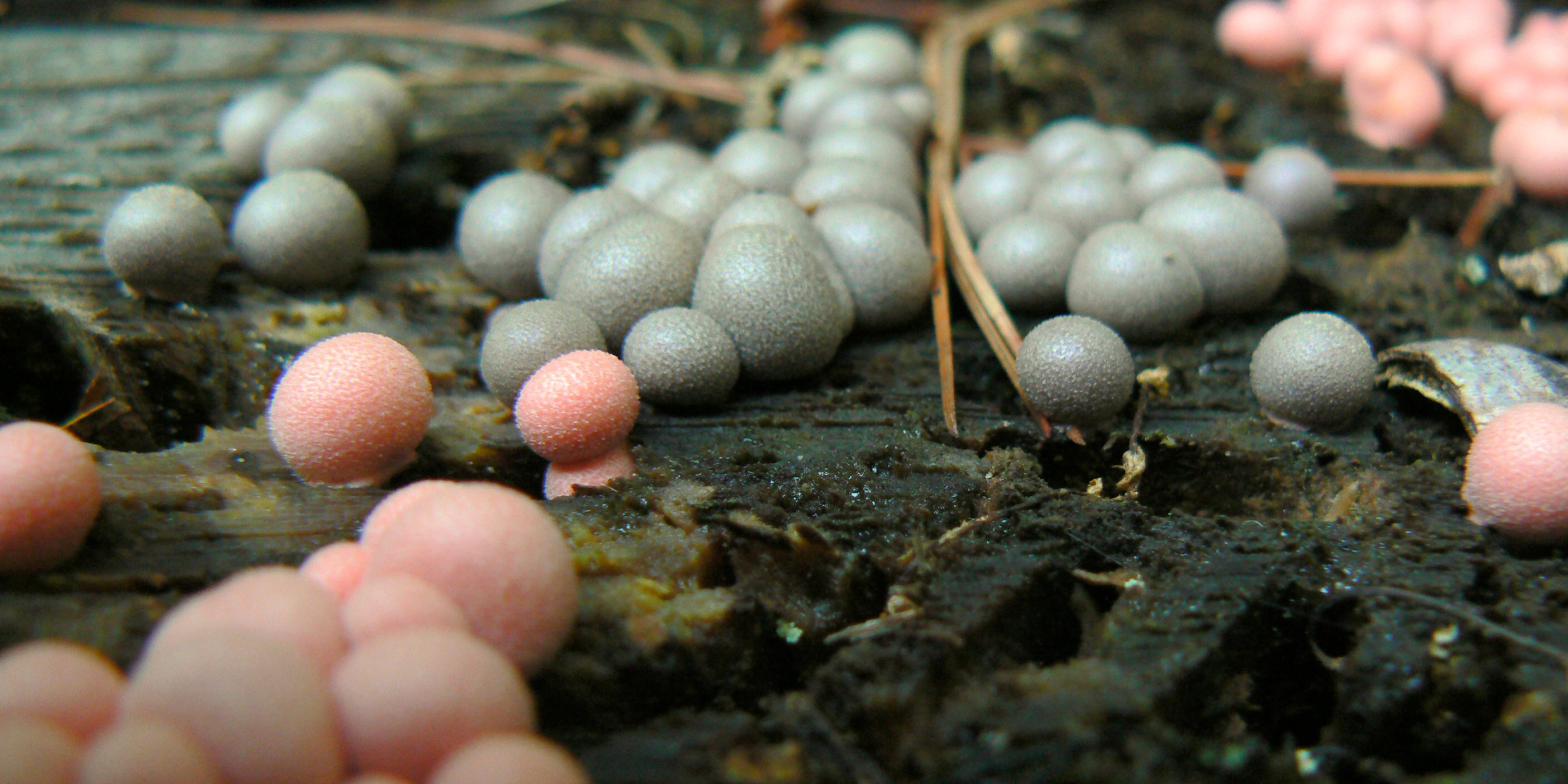Originally published 31 October 2000
Donald Culross Peattie was a different sort of nature writer.
His An Almanac for Moderns was published in 1935, in the depths of the Depression. He lived in rural Illinois at the time of writing, and the devastation of the Dust Bowl was not far away. The Great War was still fresh in memory, with its shattered landscapes and poisoned air. It was not a time in which it was easy to be optimistic.
The lofty moralizing of earlier nature writers like John Burroughs and John Muir no longer resonated with a generation who had seen “the trees blasted by the great guns and the bird’s feeding on men’s eyes.” Peattie, like Loren Eiseley and Lewis Thomas after him, looked skeptically at nature, not expecting sermons in leaf and stone, but rather a chastening existential silence.
And yet he wrested from nature the will to go on, to affirm a point to life, to get up in the morning and earn his keep. W. H. Auden said of Eiseley that he was “a man unusually well trained in the habit of prayer, by which I mean the habit of listening.” Peattie, too, knew how to listen. Listening — as these writers listened — required courage and the will to change, to surrender the simple pieties of the past and embark upon an immense journey into the lonely spaces between the galaxies and the atoms.
From his closely observed acre of land in Illinois, Peattie listened and watched as the year passed, and turned his “habit of prayer” into a collection of 365 elegant essays that wrestled with the meaning of it all. The meaning he found had something to do with beauty; something to do with the gorgeous, prodigious throb and thrust of life; something to do with being part of a continuity that is greater than himself.
“I say that it touches a man that his blood is sea water and his tears are salt, that the seed of his loins is scarcely different from the same cells in a seaweed, and that the stuff of his bones are coral made,” he wrote. He was immersed up to his neck — nay, to the top of his head — in the “essential and precious something that just divides the lowliest microorganism from the dust,” the inexplicable essence of life. He reveled in it, turning his experience into poetry.
Peattie did not look for an incorruptible heaven beyond the stars. Nature itself is the miracle, he wrote, with all its imperfections.
I’ve been thinking about Peattie lately, because I’ve been reading An Almanac for Moderns, but also because it’s that season of the year when it’s easy to feel part of the continuity that Peattie chronicled.
It’s the Eve of All Hallows, Halloween, and tomorrow and the following day are All Saints Day and All Souls Day — the Mexican Días de los Muertos, Days of the Dead — death time, spook time, haunted by disembodied spirits. The roots of these feasts are undoubtedly deep in pagan rite, and before that in the cycle of seasons.
A few weeks ago we watched the last of our New England monarch butterflies take wing, heading south. Now they are arriving in the mountains of central Mexico, bearing, according to Mexican tradition, the souls of the departed. Here in the north flowers fade, green things wither, juices run dry. Nature’s grave robbers come to the fore, preying on the dead, the fungi especially, with their hobgoblin names — Destroying Angel, Witch’s Butter, Death Cap, Dead Men’s Fingers.
On a rotting log by the side of the path, I find a cluster of tiny coral globes, each the size of the tip of my little finger. I squeeze one and it pops, spurting a liquid of the most atrocious color — ectoplasmic orange; Wolf’s Milk, this goo is called by old tradition. These things look like little puffball mushrooms, but they are the fruiting stage of a slime mold colony. Slime molds live out most of their lives as a network of naked protoplasm, spreading amoeba-like in moist dark places, surging and retreating, feeding on bacteria. When their food supply runs low, the “cells” stream together and build these tiny balls, which when mature rupture to release gray-colored spores on the wind.
This is what Peattie called the “most unutterable thing” in evolution, “the terrible continuity and fluidity of protoplasm, the inexpressible forces of reproduction — not mystical human love, but the cold batrachian jelly by which we vertebrates are linked to things that creep and writhe and are blind yet breed and have being.”
It can be a little frightening to attend to our kinship to the slime, but to do otherwise is to ignore the thing that anchors our lives in meaning — the individual and the collectivity, birth and death, generation and decay, beauty and terror.
What is this thing, Peattie asks, but life itself.



